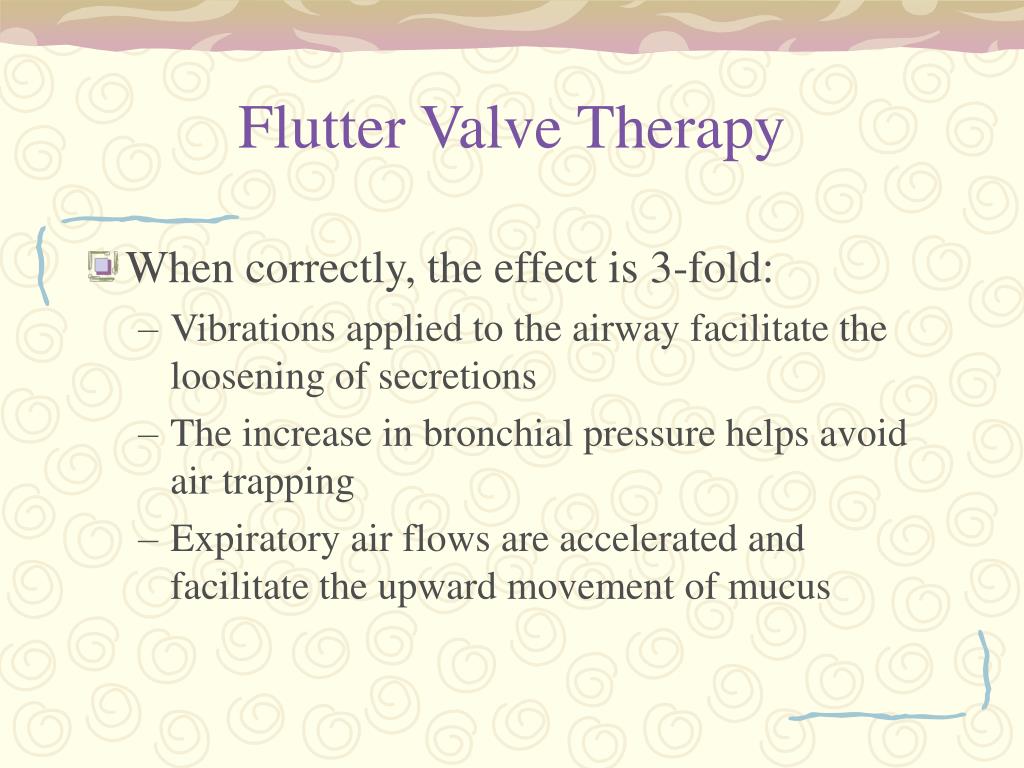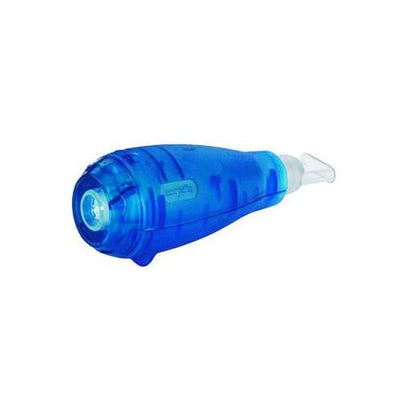
The current evidence stresses the importance of the future development of process and performance metrics to monitor PR programs, to be able to start international benchmarking, and to provide recommendations for international standards based on evidence and best practice. International guidelines for managing BC include referral to pulmonary rehabilitation (PR) that improves exercise tolerance and quality of life. BC is an important health problem with high morbidity, mortality and associated costs. Respiratory secretions in individuals with BC have poor transport properties, which manifest as reduced mucociliary transport, higher contact angle, dyspnoea and decreased exercise tolerance. Both cause dyspnoea, which is a symptom of respiratory failure inspiratory muscle weakness may lead to muscle load and capacity discordance.īC is heterogeneous in its clinical features, causes and outcomes. A variety of factors may affect the efficacy of inspiratory muscle training, including the degree of lung hyperinflation and severity of airway obstruction.

BC, permanent damage and widening of one or more of the large connecting bronchi (airways) may occur in nearly one third of individuals with chronic obstructive pulmonary disease (COPD). However, high heterogeneity was identified on meta-analysis.īronchiectasis (BC) is a chronic respiratory condition characterised by bronchial dilatation secondary to airway inflammation, infection and dysfunction of mucociliary clearance. Results show improvements on PImax in favour of therapeutic respiratory muscle training intervention (MD = 6.08 95% CI = 1.38, 10.77 p < 0.01 I 2 = 92%). Study quality was poor to good (mean PEDro Score of 6.375 out of 10). Nine studies were included, five of which obtained an A recommendation grade, three with B, and one with C. This systematic review was registered in PROSPERO (CRD42017075101). Study selection/eligibility criteria: The following were included: randomised controlled trials, randomised crossover trials and pilot studies of patients with BC that used the intervention as RMT (inspiratory/expiratory) and evaluations of respiratory muscle strength (maximal expiratory pressure/maximal inspiratory pressure). The methodological quality of nine studies was assessed using the PEDro scale.

Two independent investigators searched using several electronic databases. Methods: Systematic review and meta-analysis were conducted following PRISMA guidelines. The aim of this study was to analyse the effects of therapeutic respiratory muscle training (RMT) interventions on improving sputum clearance, ventilator function, muscle strength and functional capacity in BC. Chest physical therapy can be performed in hospital setup by a respiratory therapist or a health care provider, whereas Acapella can be used in home care management for airway clearance by the patient himself with or without the assistance of family members.Background: Respiratory muscle dysfunction is an important health problem with high morbidity and mortality and associated costs in patients with bronchiectasis (BC). P CONCLUSION The usage of Acapella and chest physical therapy shows no significant difference. Acapella and chest physical therapy were compared using Mann Whitney test by using the parameter PPS, volume of sputum day 1, 2 and 3 and Average PEFR. RESULTS The results of the study show that Acapella and chest physical therapy has no significant difference in airway clearance. The sample size was taken for convenience.

Group 1 included patients treated with chest physical therapy and group 2 included patients treated with Acapella.
FLUTTER VALVE OR ACAPELLA SOFTWARE
50 patients suffering from bronchiectasis were included in this study and they were randomized by software and grouped into two groups-group 1 and group 2.
FLUTTER VALVE OR ACAPELLA TRIAL
MATERIALS AND METHODS This is a randomized control trial involving 50 patients affected with bronchiectasis attending the pulmonary medicine department, Sri Ramachandra Institute of Research and Higher Education between April 2017 and April 2018. We wanted to compare the effectiveness of Acapella and chest physical therapy. Early chest physical therapy can prevent several complications and also help the patients to gain independence and return to an active life style. Acapella is a hand held device which incorporates two therapies, positive expiratory pressure and vibration, enabling the patients to clear their congested lung and airways.

FLUTTER VALVE OR ACAPELLA FULL
Abstract : BACKGROUND Rehabilitation from bronchiectasis is an easy process, which involves a dedicated multidisciplinary team of professionals and full participation of the patient.


 0 kommentar(er)
0 kommentar(er)
